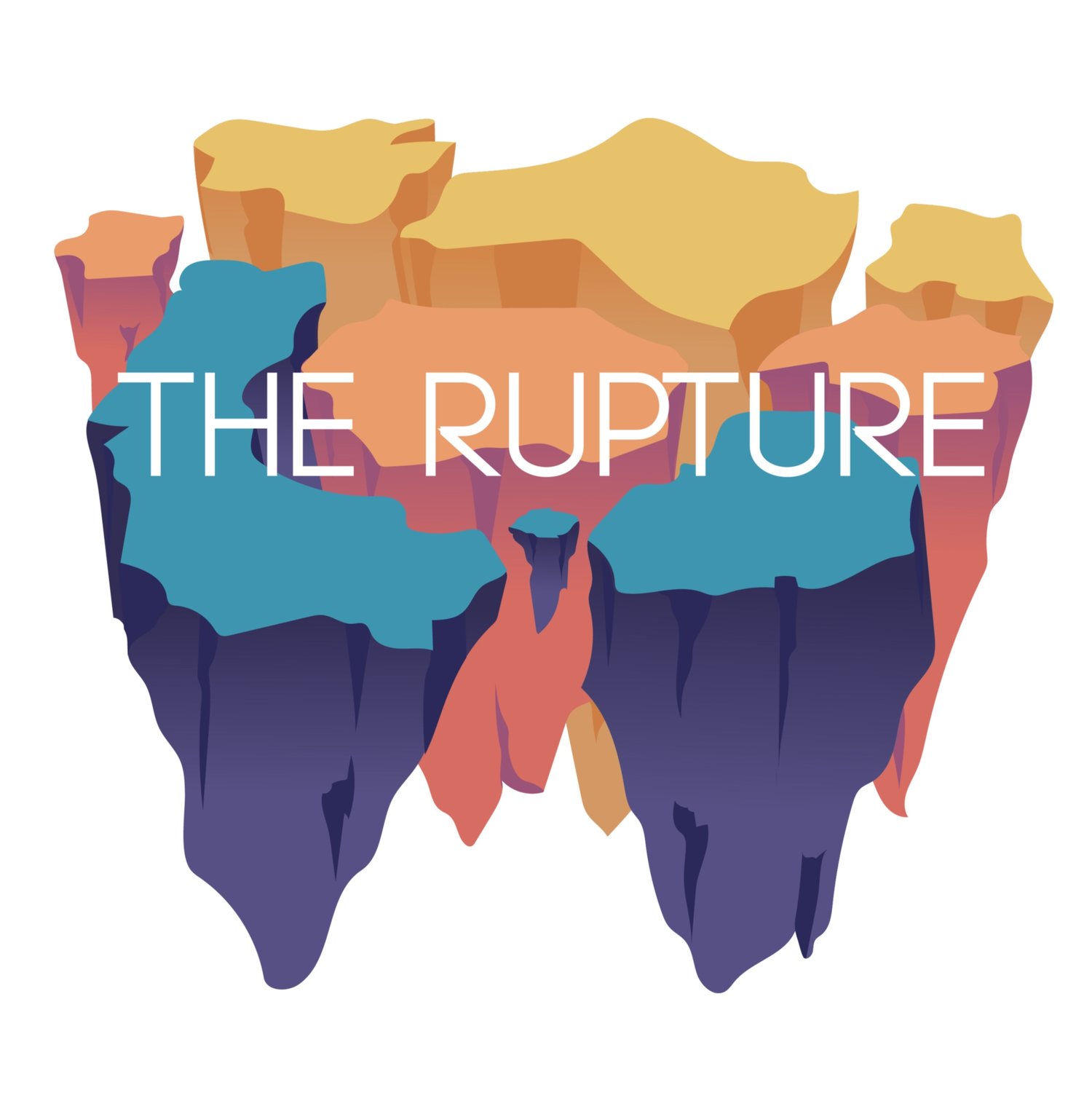Stephanie Lenox lives in Salem, Oregon, with her husband and two daughters. She teaches poetry at Willamette University and edits the literary journal Blood Orange Review. She is the author of The Heart That Lies Outside the Body, an award-winning poetry chapbook published by Slapering Hol Press in 2007. Her first full-length poetry collection Congress of Strange People is forthcoming from Airlie Press in fall 2012. Her work has appeared widely in literary journals and has been honored with fellowships from the Arizona Commission on the Arts and the Oregon Arts Commission. Her website is www.stephanielenox.com.
Her poem "The Question" appears in Issue Thirty-Two of The Collagist.
Here, Stephanie Lenox talks to interviewer Elizabeth Deanna Morris about questions that grow, falter, and live on.
1. How did you find yourself writing “The Question”? Was it by, indeed, asking a question?
Oh, I think most of my poems start with a question of some kind. Someone recently pointed out how many of my poems include a negation, such as no or not, in the first line which gives the subject or speaker a shadow-like quality. So whether or not the first line of a poem is actually punctuated with a question mark, the opening tends to initiate a search, an attempt to slip out from under the shadow created by doubt.
2. For as many times as I had read this poem, in re-reading it once more in preparation for this interview, I still found myself completely caught off guard by the first line, “I say it wrong again.” If we’re looking at this question as something that grows, like a child, it seems like a terrifying idea that there are many of these that have been born to grow and fester. Why is it this occurrence, then, that causes the poem? By that I mean, what about this time in asking lends itself to being THE question, the one written about and left for us to examine?
I suffer from the illusion that if I can just ask the right question in the right way I will get the answer that I want. Just ask my husband. It’s annoying. With this first line, I place the speaker in medias res, smack dab in a world populated with nagging questions. The truly big and serious questions, for which “The Question” is a metonymic personification, don’t get answered. The questions have a life outside our own, and our relationship to them is tangential and complicated at best. The key to that first line for me is “again” which hints at the speaker’s awareness that there is no right way to ask the question. This is the sliver of light through the cracked door that the speaker sees and walks toward.
3. While I don’t want to know explicitly what The Question is, it seems as if it is a question that creates the crack that leads to a breaking point. And yet, the speaker hopes that this question, this fussy, troublesome question, will “with luck, outlast us.” Why does this speaker hope that this question will live on?
In writing “The Question,” I discovered affection for that “fussy, troublesome question.” Our questions—ugly, naive, even impossible—make us who we are. In the creative writing class I teach at Willamette University, I ask students to craft a self-portrait in questions. The prompt is modeled on a poem composed of 755 questions called “A Jar of Balloons, or the Uncooked Rice” by Matthew Yeager. I enjoy how both the big and the apparently insignificant questions can tell a story about the asker. Regardless of the answer, the act of asking is ultimately hopeful. It’s this hope that I aim to communicate with that final line.
4. What have you read recently that’s grabbed you by the shoulders and shook you?
I’m reading Fall Higher by Dean Young. It’s the first book in a while that I’ve wanted to re-read even before I’ve finished it. Here is a poet who knows how to ask questions:
Do you think the dictionary ever says to itself
I’ve got these words that mean completely
different things inside myself
and it’s tearing me apart?
From “Selected Recent and New Errors”
Beyond that, my daily reading habits are managed by my two-year-old who brings me things—the sports page, a cookbook, an empty cookie box—and says, “Mama, read it.” She once had me read Frost’s “Stopping by Woods on a Snowy Evening” seven times in a row. She has a lame book about a lost tiger that I’ve altered with stanzas from William Blake’s The Tiger all in an attempt to keep me engaged. (Great questions in that one, too.) Mostly, we read books about mischievous pigs and pigeons and bunnies, so when I came across David Sedaris’ grownup bedtime stories Squirrel Seeks Chipmunk, what he subtitles a “Modest Bestiary,” I devoured it. He’s nailed it—chickens really are “raging assholes.” The book contains gory illustrations by Ian Falconer, the author/illustrator of the Olivia children’s series. It’s the perfect antidote for parents who have been forced to read Elmo’s World over and over again.
5. What other writing endeavors have you been working on as of late?
I’m putting the finishing touches on my poetry collection Congress of Strange People which will be published by Airlie Press this fall. In fact, answering your questions was yet another one of my elaborate schemes to avoid saying “All done” and sending the manuscript into the designer. I’m also working on new poems that are inspired by other poets. These are less imitations and more what I call “offsprings.” For example, my most recent offspring was inspired by the Richard Jones’ poem “White Towels.” Mine is titled “White Towels, Red Sock.” It’s my attempt to trace my poetic lineage and pay respect to writers who have really shaped the way I think about poetry.
